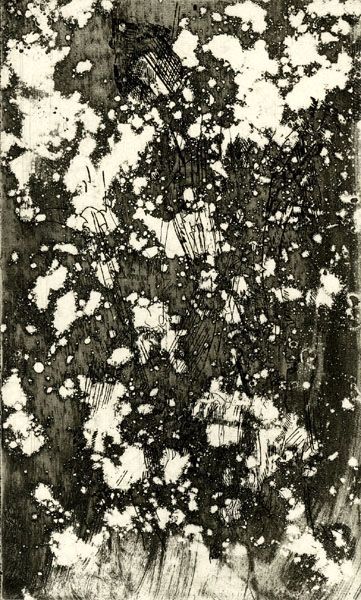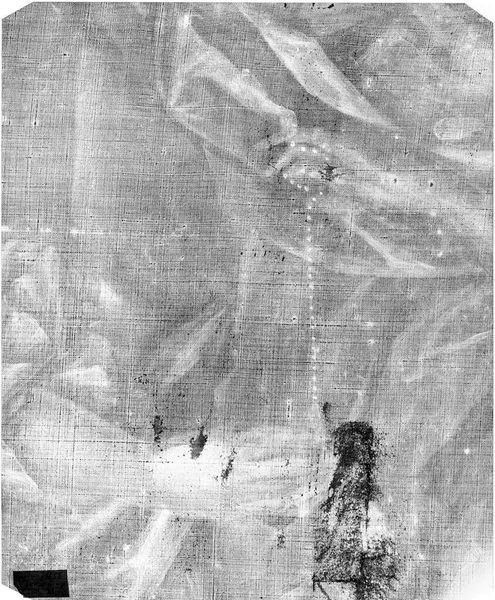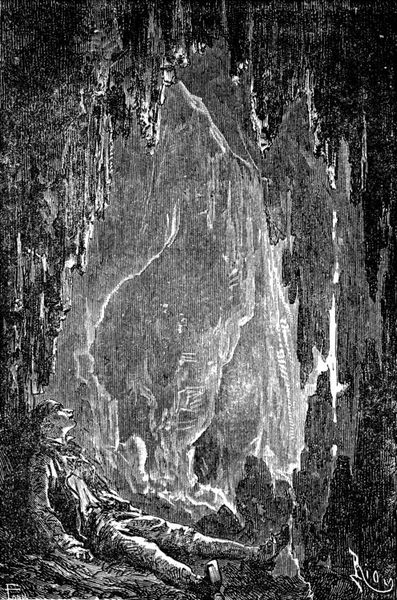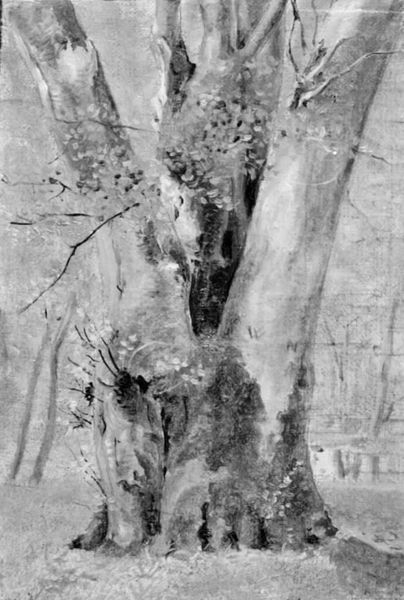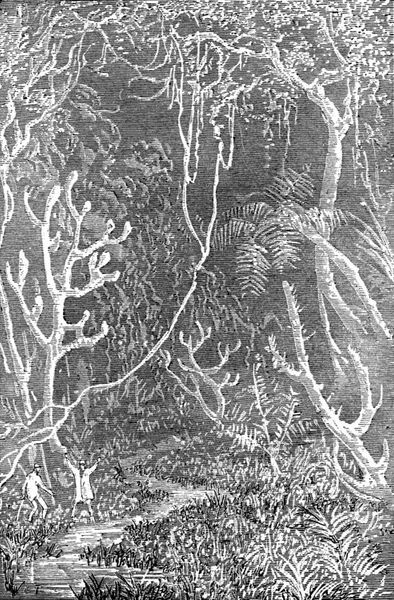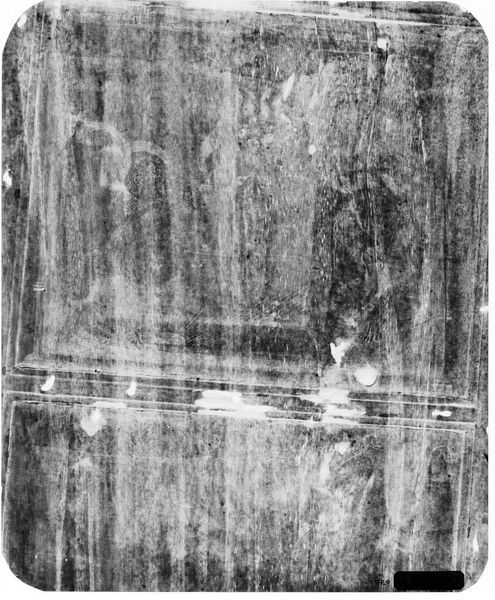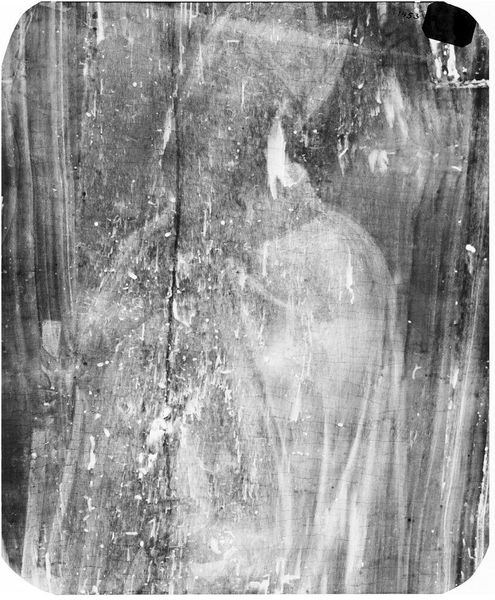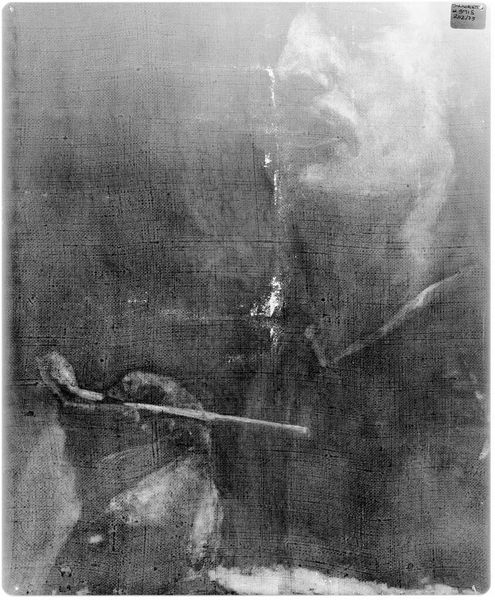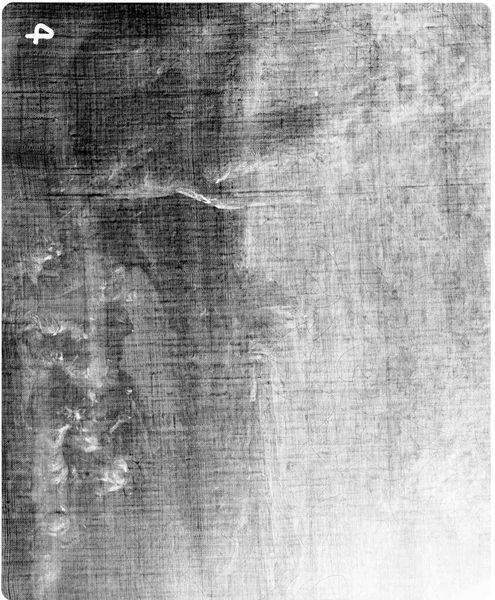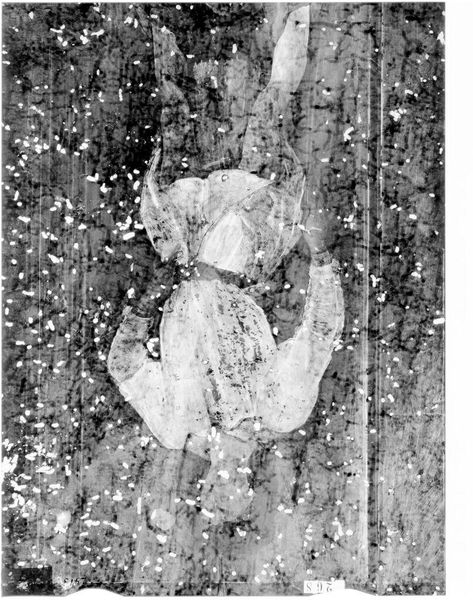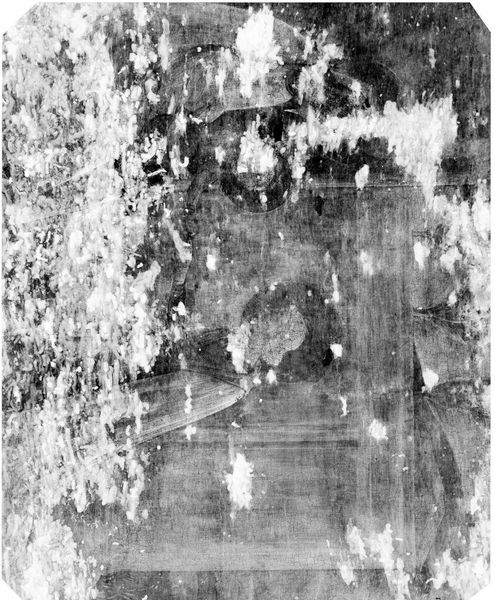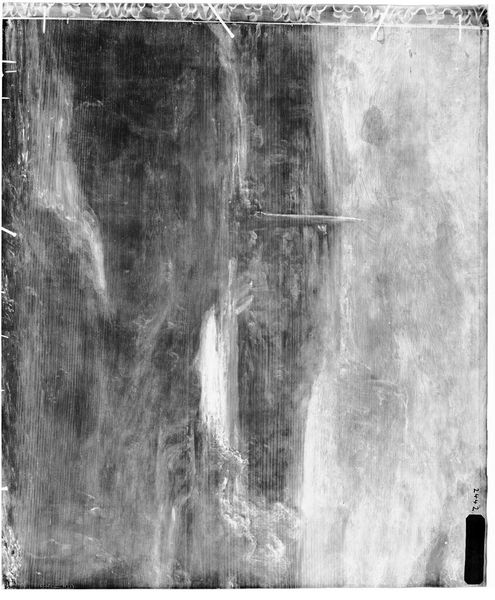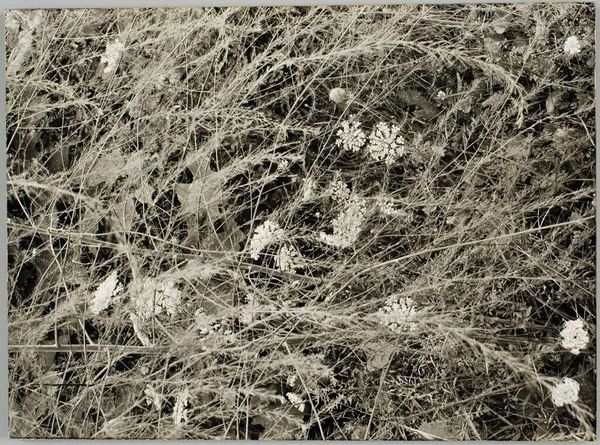
Dimensions: 31 x 22 cm
Copyright: Creative Commons NonCommercial
Editor: Here we have Alfred Freddy Krupa's "At the Karlovac's promenade at night," a drawing in ink from 2007. There's such a stark contrast between the white ink and dark background that really grabs your attention. It feels almost dreamlike, with that glowing church tower behind the tree. What stands out to you when you look at it? Curator: The immediate impression is of a visual poem about memory. The cityscape rendered in such high contrast becomes almost a phantasm, an echo of the gothic past clinging to the natural world. The sharp, angular lines create a sense of unease. Do you see how the tree’s branches seem to claw at the darkness, mirroring the sharp silhouette of the church? Editor: Yes, it's like the tree is reaching for it, or maybe even protecting it. Is the gothic style important here? Curator: Absolutely. Gothic, often associated with darkness and the sublime, suggests a cultural preoccupation with the past and its relationship to the present. It's not merely about aesthetics but represents deeply ingrained cultural anxieties and longings. The image becomes a locus where different temporalities collide. Do you think the choice of black and white amplifies this sense? Editor: It definitely intensifies that feeling. Color might make it more realistic and less…haunting. Curator: Precisely! Stripping away the color concentrates our attention on the interplay of light and shadow, the symbolic heart of gothic visual language. In effect, Krupa offers us a meditation on the persistence of the gothic spirit in the modern landscape, a ghost in the machine, so to speak. Editor: That makes me see it in a whole new light, a dialogue between the past and the present, hidden within a seemingly simple cityscape. Curator: And the power of visual symbols to carry so much meaning, so much cultural memory.
Comments
No comments
Be the first to comment and join the conversation on the ultimate creative platform.
